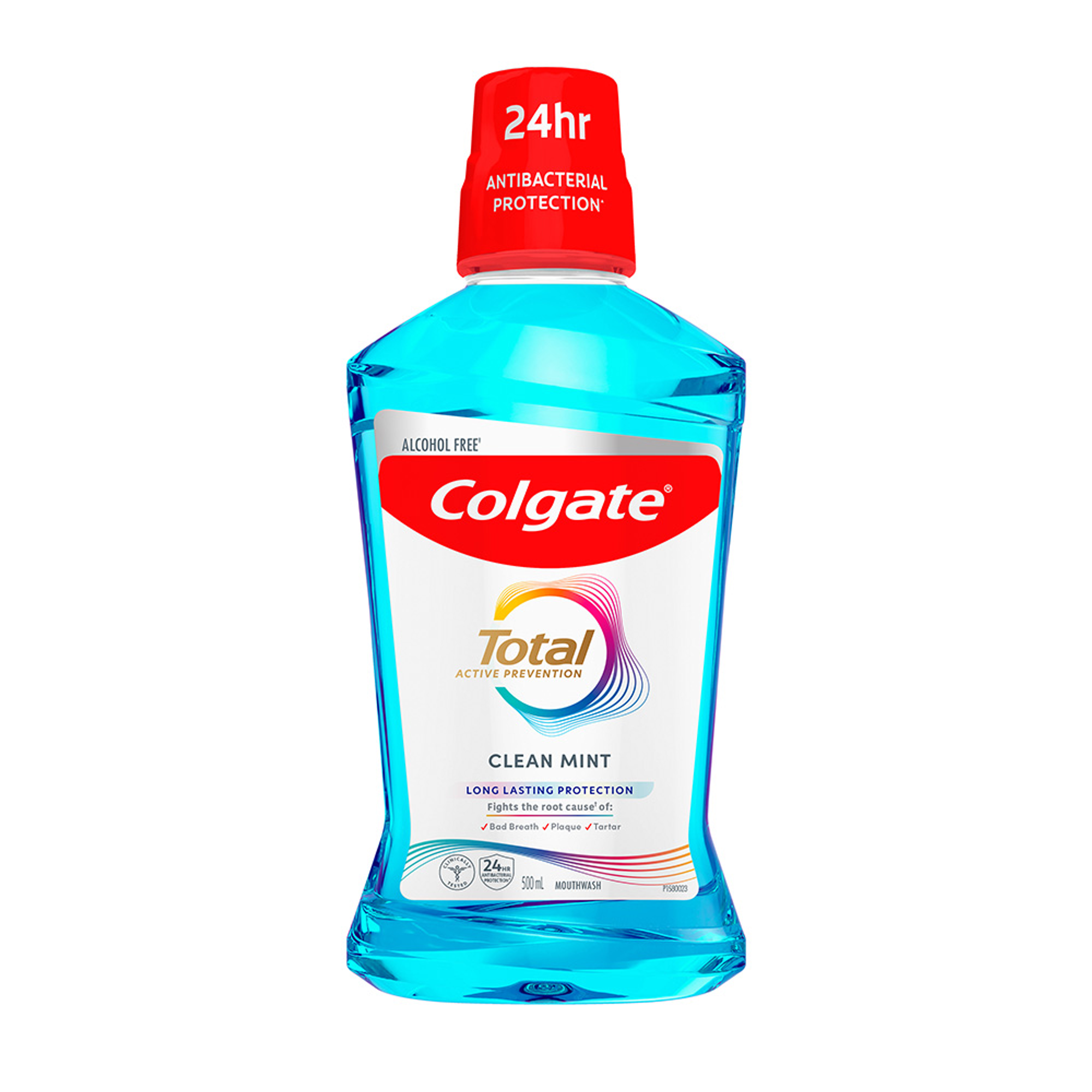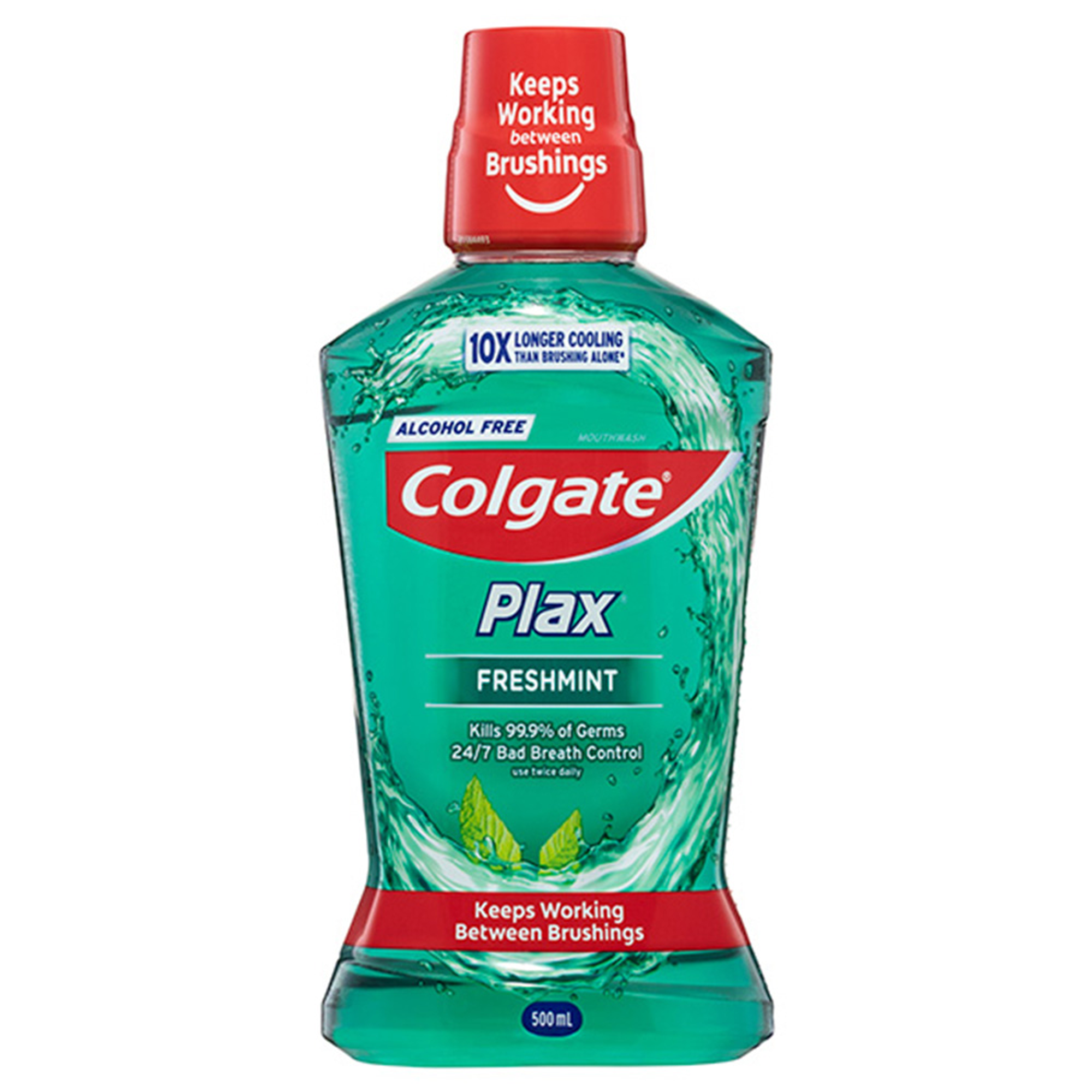
Today, more than ever our patients are armed with significant access to health information from a range of sources. The internet is full of advice and health claims. A quick google search and you can find health claims for home remedies to heal decay, straighten teeth and a myriad of unsubstantiated claims surrounding water fluoridation.
So how do we as health professionals, help our patients navigate the health information and health claim space and separate fact from fiction?
As part of our conversations with our patients we can increase their health literacy and ability to make informed decisions by educating them about evidence-based research. The hierarchy of evidence is a core principle of Evidence-Based Practice and is a great conversation point that we can draw upon when questions or concerns are raised by our patients.
As a quick review, the hierarchy of evidence uses a top down approach to rank study types based on the rigour (strength and precision) of their research methods. The strongest quality research is published as systematic reviews. This type of research often involves many authors who evaluate and rank all published research, which is aimed to address a research question. It can take up to 2-3 years to complete.
Systematic reviews are also subjected to quality assessment using validated research methods. Two examples of systematic reviews on water fluoridation include the Cochrane review and the recent study by the National Health and Medical Research Council. All research papers being evaluated are independently assessed to determine the strength of several important elements including; chance (outcomes are statistically tested for coincidence), bias (potential skewed outcomes identified), validity (the test or tool used accurately measured what it was supposed to) and reliability (the measure is consistently scored).
Low strength research is generally reported as case reports. Despite this type of publication traditionally not being accepted as good quality, it may be necessary to use this type of evidence in the absence of any other high-quality research or clinical guidelines. This is certainly the case when diseases or illness are rare.
Although the type of study has significant importance to the quality of evidence, we should also pay attention to the research methods and ‘controlling’ for confounders and risk modifiers. We must use our own assessment and judgement to determine whether the measurement tool, such as a survey questionnaire or a specific type of equipment, is going to produce reliable and valid results i.e. is the information collection appropriately performed?
Understanding what is good-quality research and using the evidence can have a profound impact on how we can provide the most appropriate oral health advice and dental treatment for our patient as well as answer their questions and concerns. However, we need to be mindful that everyone is entitled to their own opinions. Being objective, respectful and allowing patients to make an informed decision is our duty of care.
Tan Nguyen is a registered oral health therapist and was appointed the Dental Practitioner from Victoria to the Dental Board of Australia in 2018. He holds postgraduate qualifications with the Graduate Certificate in Dental Therapy, Master of Public Health and a Master of Science in Clinical Education. Tan currently leads research as an Honorary Fellow with Deakin Health Economics, works clinically in private dental practice, and contributes to public dental health advocacy as Convener of the Public Health Association of Australia Oral Health Special Interest Group. He is one of Colgate’s representatives on the Advocates for Oral Health: Editorial Community.
Join us
Get resources, products and helpful information to give your patients a healthier future.
Join us
Get resources, products and helpful information to give your patients a healthier future.











